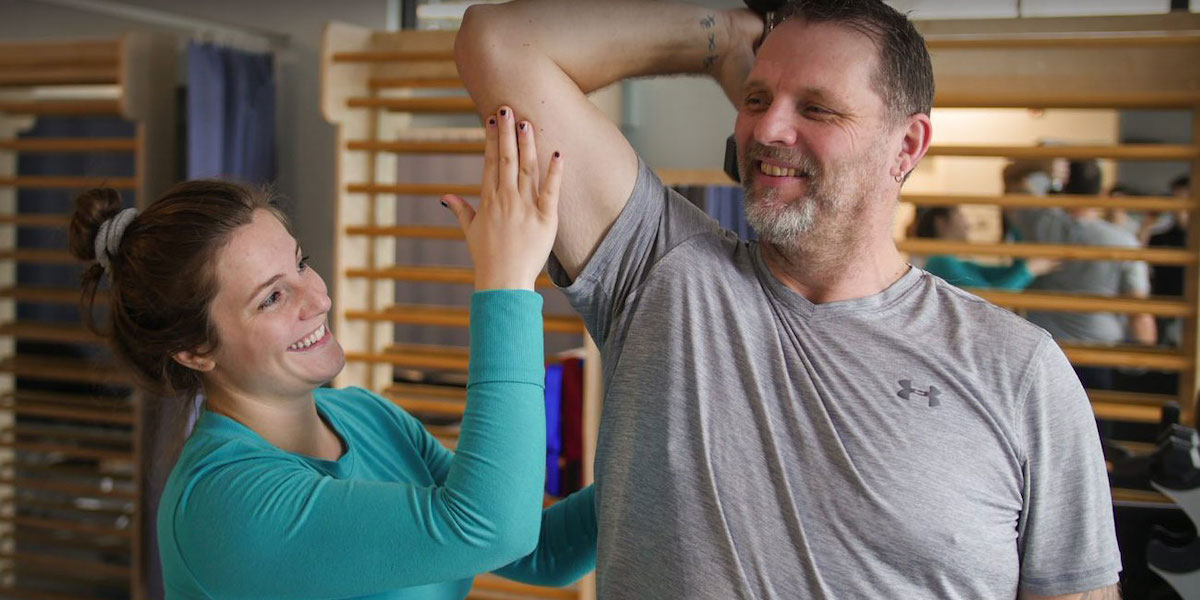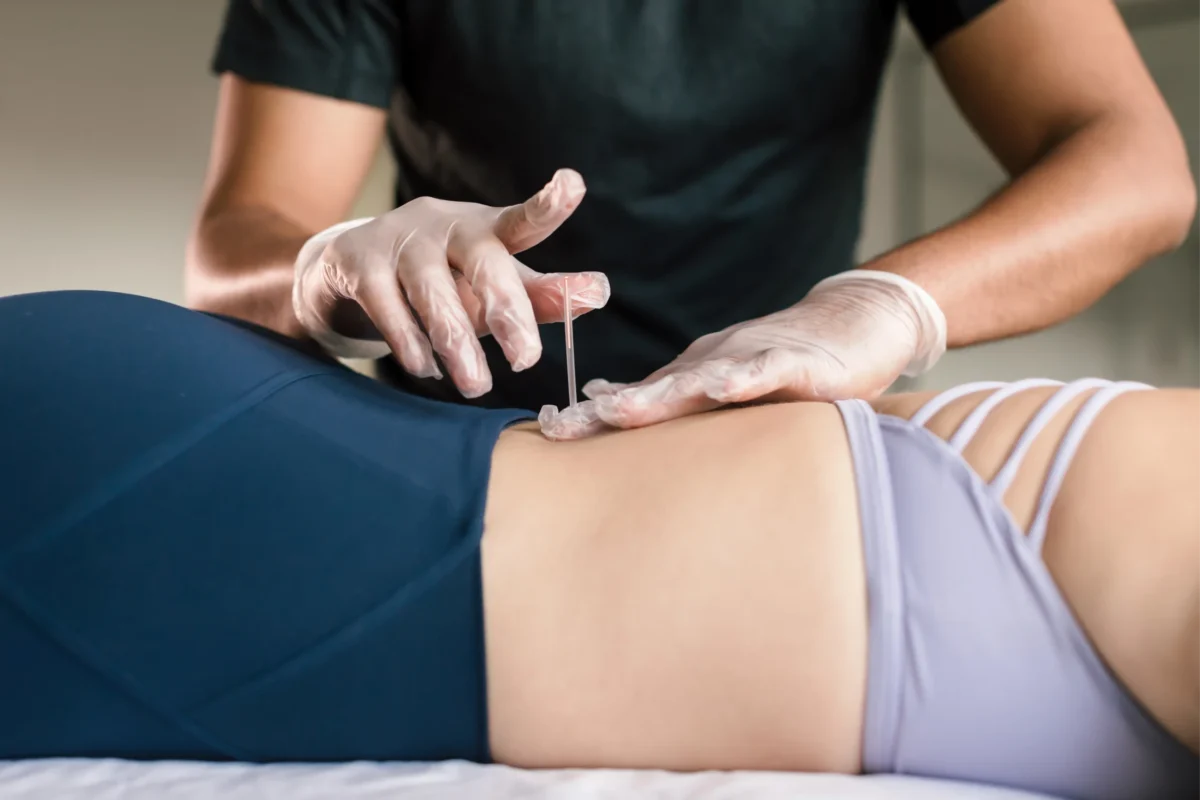Dry needling is a popular technique used by physical therapists to help relieve muscle pain and tightness. It involves inserting thin needles into specific points in your muscles to release tension and improve movement. This approach is aimed at targeting trigger points, which are knotted areas that can cause discomfort.
You might be wondering how it feels to undergo dry needling. Many people describe a sensation like a small muscle twitch followed by relief. The process is designed to help your muscles relax and function better, potentially leading to reduced pain and improved healing.
If you’re looking to explore options for pain management or improving your muscle function, dry needling might be worth considering. It’s often used alongside other treatments like physical therapy to maximize your recovery. By understanding how it works, you can make an informed decision about whether it’s suitable for you.


Visit Our Top Rated Physio Clinic in North Vancouver
At North Vancouver Physiotherapy & Sports Injury Clinic (North Vancouver, BC), our dedicated team uses dry needling to relieve pain, reduce muscle tension, and restore mobility. Book your appointment today and take the first step toward lasting relief!
Fundamentals of Dry Needling
Dry needling is a method used to treat muscle pain and improve movement. By focusing on trigger points, it helps reduce muscle tightness. The technique is often compared to acupuncture but has different objectives and methods. Understanding its roots and effects on the body clarifies its role in therapy.
Clinical Application and Techniques of Dry Needling
Dry needling is used to relieve muscle pain and improve movement. It involves inserting needles into trigger points to release tension. Understanding when to use or avoid dry needling, knowing how the procedure is done safely, and being aware of its effectiveness are key components.
Indications and Contraindications
Dry needling is commonly applied to treat muscle pain, stiffness, and tension. It helps with chronic pain conditions and sports injuries. Health professionals might use it for patients with neck pain, back pain, and headaches.
Contraindications include clotting disorders, certain skin infections, and hypersensitivity to needles. Pregnant women and people with compromised immune systems should avoid it. Always consult a healthcare provider before proceeding to ensure it’s appropriate for your condition.
Procedure and Safety Considerations
During dry needling, a trained therapist inserts thin needles into muscle knots or trigger points. The environment should be sterile to reduce infection risk. Practitioners must follow hygiene standards, such as wearing gloves and using new needles each time.
Pain can occur during or after treatment, but it’s usually mild. It’s crucial to inform the therapist about any discomfort or unusual reactions. They should adapt techniques to your specific needs and continuously monitor to ensure safe application.
Effectiveness and Research
Studies show that dry needling can reduce pain and improve range of motion in some cases. The technique is often used alongside physical therapy for the best results. Research supports its benefits, but effectiveness can vary from person to person.
Evidence suggests short-term pain relief, but long-term effects are still under review. Ongoing research aims to establish clearer outcomes. Speaking with a healthcare provider will help determine if this treatment aligns with your health goals.
Conclusion
Dry needling can help reduce muscle pain and improve movement. It works by targeting trigger points in muscles. Thin needles are used to release tension and promote healing.
This technique is often used for treating chronic pain, sports injuries, and muscle tightness. While it may cause small discomfort, many find it helpful.
Before trying dry needling, it’s important to consult with a healthcare professional. They can determine if it’s suitable for your condition.
If you’re curious to learn more, visit us at Allied Physiotherapy. We’re located in North Vancouver and would be happy to answer any questions.
Your health and recovery are our top priorities.

